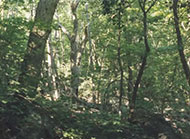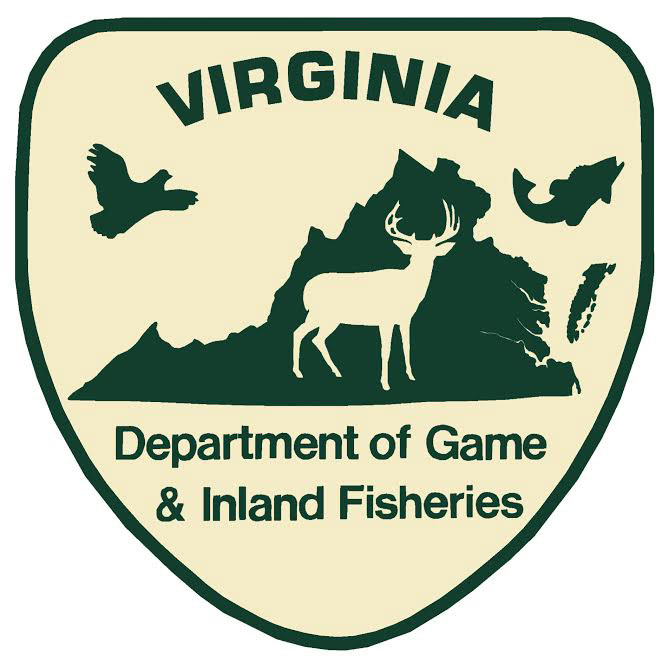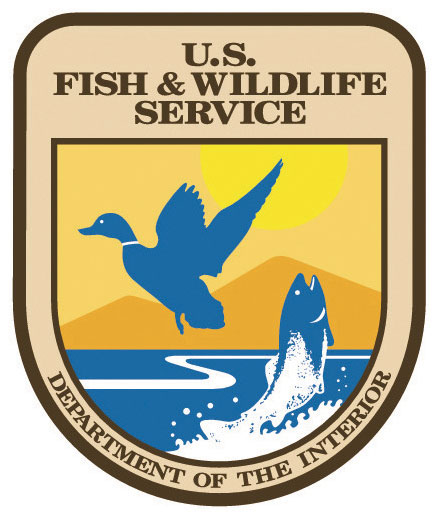Land Snail Ecology

St. Anthony's Wilderness, State Game Lands 211, PA; by Ken Hotopp
Deer Brainworm
Land snails are an intermediate host for a North American deer parasite often called brainworm, the meningeal worm Parelaphostrongylus tenuis that infects white-tailed deer (Odocoileus virginianus). This nematode, though a common, non-lethal parasite of white-tailed deer, can be deadly to moose (Alces alces), caribou (Rangifer tarandus), and elk (Cervus canadensis).Brainworm begin their life as eggs, deposited in the spinal column or brain of a white-tailed deer (reviewed by Anderson and Prestwood, 1981). Here the eggs hatch and the tiny larvae are carried by the host's blood stream to the lungs. In the lungs they emerge from the blood system into the alveoli (where air exchange takes place). From here they travel into the trachea, then the esophagus, and are swallowed. They pass through the digestive tract and are finally expelled with the feces.
Brainworm larvae in deer feces and nearby soil are encountered by snails and slugs, which are apparently attracted to the excrement (e.g. Bird and Garvon, 2005). The brainworm larvae enter the gastropod secondary host through the foot, and develop into a life stage that can infect deer. The brainworm apparently enters a deer when the mollusk is accidentally eaten during summertime grazing. They penetrate the wall of the host’s digestive tract and migrate to the central nervous system. The parasite appears to be more dangerous to moose because it infects a greater proportion of the nervous system and reaches higher densities than in deer.
Brainworm occurs in a wide variety of North American land snails, including species found in Pennsylvania such as Anguispira alternata, Deroceras leave, D. reticulatum, Discus catskillensis, D. whitneyi, Euchemotrema fraternum, Philomycus carolinianus, Neohelix albolabris, Pallifera dorsalis, Striatura exigua, Triodopsis tridentata, Ventridens intertextus, and Zonitoides arboreus (e.g. Parker, 1966; Gleich et al., 1977; Maze and Johnstone, 1984; Upshall et al., 1985).
Nematode parasites of all kinds were found in 4%-19% of snails and slugs collected in central Maine, although P. tenuis was found only in Pallifera sp. slugs (Gleich et al, 1977). Pallifera was also the most heavily parasitized of the 11 gastropod genera collected.
A later caribou reintroduction project in the Baxter Park region from 1986 to 1990 was unsuccessful, with approximately one-quarter of the caribou dying from brainworm infection and the others succumbing to black bear predation, accidents and unknown causes.
In Pennsylvania, researchers looked at brainworm prevalence in land snails at Elk State Forest, used by the state’s elk population as well as white-tailed deer (Maze and Johnstone, 1984). They found brainworm in 16% of the shelled snails but in only one slug of hundreds collected. Infection of snails by brainworm was greatest at an old mine site with high amounts of soil calcium and dense ground cover.
Hotopp, 2/2014



Development of this site was supported by the generous contributions of Pennsylvanians to the Wild Resource Conservation Fund, and by the Virginia Dept. of Game and Inland Fisheries with a State Wildlife Grant from the US Fish & Wildlife Service.
